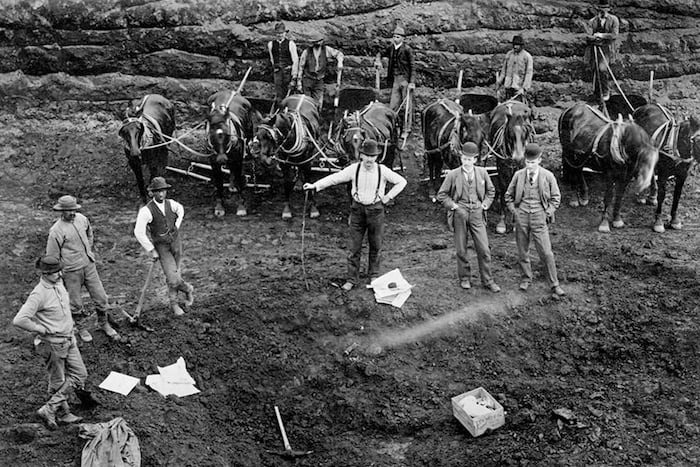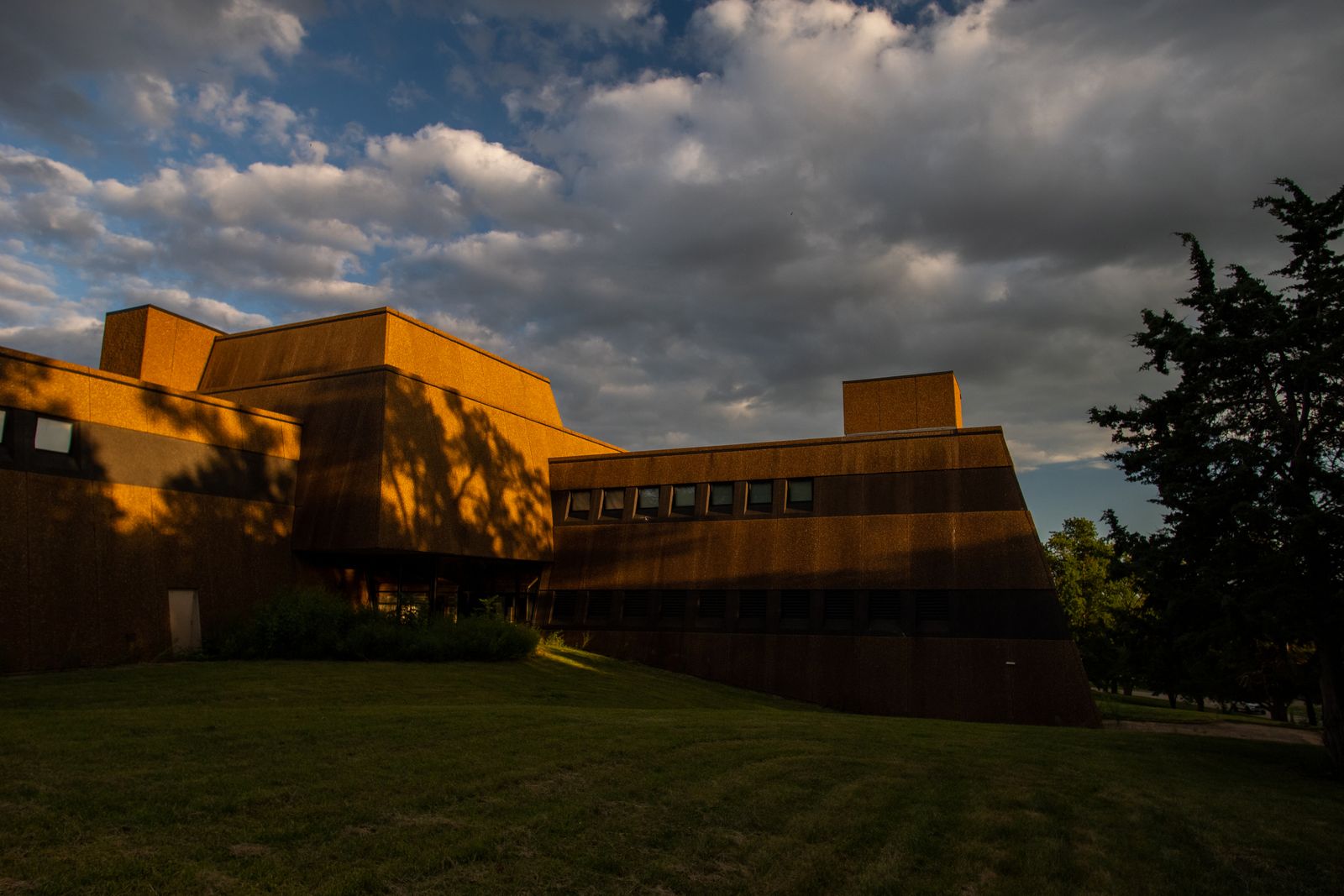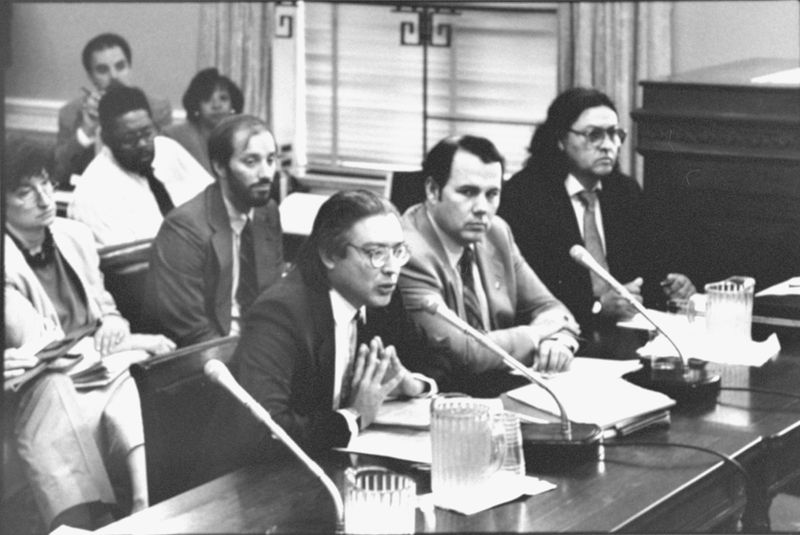White Mountain Apache Tribe of the Fort Apache Reservation, Arizona
A federally recognized Indian tribe with headquarters in Arizona
Institutions reported making the remains of more than 700 Native Americans available for return to the White Mountain Apache Tribe.
The tribe was also eligible to claim more than 2,000 associated funerary objects.
Institutions continue to hold the remains of at least 6,800 Native Americans taken from counties known to be of interest to the tribe.*
Where Native American remains made available for return to the White Mountain Apache Tribe were taken from
These 25 institutions made Native American remains available for return to the White Mountain Apache Tribe.
| Institution | Remains Made Available for Return To Tribe |
|---|---|
| New Mexico State Univ. Museum + U.S. Dept. of Interior + U.S. Dept. of Agriculture + | 288 |
| U.S. Department of the Interior | 255 |
| University of Arizona, Arizona State Museum | 68 |
| University of Wyoming | 54 |
| Harvard University | 28 |
| Pittsburg State University | 19 |
| Cochise College | 14 |
| University of Nevada, Las Vegas, Department of Anthropology | 11 |
| Field Museum | 9 |
| Baylor University, Mayborn Museum Complex | 4 |
| Denver Museum of Nature and Science | 4 |
| Michigan State University | 3 |
| Arizona Capitol Museum | 2 |
| Brown University, Haffenreffer Museum of Anthropology | 2 |
| History Colorado | 2 |
| Pejepscot Historical Society | 2 |
| S'edav Va'aki Museum | 2 |
| Texas A and M University | 2 |
| Dayton Museum of Natural History | 1 |
| Fort Collins Museum of Discovery | 1 |
| Grand Rapids Public Museum | 1 |
| Princeton University | 1 |
| San Bernardino County Museum | 1 |
| University of Colorado Museum | 1 |
| University of Denver, Museum of Anthropology | 1 |
Timeline of Native American remains made available for return to the White Mountain Apache Tribe
These institutions have not made available for return the remains of at least 6,800 Native Americans that were taken from counties known to be of interest to the White Mountain Apache Tribe.
| Institution | Remains Not Made Available for Return That Were Taken From Counties of Interest to the Tribe |
|---|---|
| Univ. of Arizona | 2,014 |
| Harvard Univ. | 1,101 |
| Dept. of the Interior | 918 BIA (818) New Mexico State Office (86) Wyoming State Office (11) Reclamation, Missouri Basin Region, Montana Area Office (3) |
| Arizona State Univ. | 774 |
| Field Museum | 391 |
| Museum of New Mexico, Museum of Indian Arts and Culture | 306 |
| Dept. of Agriculture | 244 Gila NF (80) Tonto NF (74) Lincoln NF (45) Prescott NF (37) Coconino NF (6) Apache-Sitgreaves NF (1) Coronado NF (1) |
| American Museum of Natural History | 235 |
| Univ. of Texas at Austin | 132 |
| Univ. of California, Berkeley | 120 |
| West Texas A and M Univ. | 94 |
| Dept. of Defense | 60 Fort Bliss (55) White Sands Missile Range (4) National Museum of Health and Medicine (1) |
| Univ. of New Mexico | 57 |
| Beloit College | 54 |
| New York Univ. | 44 |
| Univ. of Michigan | 42 |
| Carlsbad Museum | 32 |
| Univ. of Texas, El Paso | 26 |
| Museum of Texas Tech Univ. | 20 |
| Sul Ross State Univ. | 20 |
| Univ. of Nebraska State Museum | 17 |
| Eastern Arizona College Foundation | 16 |
| Univ. of Wyoming | 15 |
| Southern Illinois Univ., Carbondale | 13 |
| Ohio History Connection | 12 |
| Los Angeles County Natural History Museum | 9 |
| Museum of Northern Arizona | 8 |
| Hastings Museum | 6 |
| Natural History Museum of Utah | 6 |
| Univ. of Kansas | 6 |
| San Bernardino County Museum | 5 |
| Witte Museum | 5 |
| Dartmouth College | 4 |
| Illinois State Museum | 4 |
| Milwaukee Public Museum | 4 |
| New Mexico State Univ. Museum | 4 |
| Western Colorado Univ. | 4 |
| Wisconsin Historical Society | 4 |
| Nassau County Dept. of Parks and Recreation | 3 |
| Texas Parks and Wildlife | 3 |
| Univ. of Minnesota, Duluth | 3 |
| Wichita State Univ. | 3 |
| Artesia Historical Museum and Art Center | 2 |
| Bowers Museum | 2 |
| Buffalo Bill Center of the West | 2 |
| Heard Museum | 2 |
| Rocky Ford Historical Museum | 2 |
| Trinidad State Junior College | 2 |
| Brooklyn Museum | 1 |
| Fort Concho NHL | 1 |
| Grand Rapids Public Museum | 1 |
| Grout Museum of History and Science | 1 |
| Hutchinson County Historical Museum | 1 |
| Kansas City Museum | 1 |
| Mercyhurst Univ. | 1 |
| Minnesota Indian Affairs Council | 1 |
| Museum of Us | 1 |
| Putnam Museum | 1 |
| Rochester Museum and Science Center | 1 |
| Rutgers Univ. | 1 |
| S'edav Va'aki Museum | 1 |
| Saint Martin's Univ. Waynick Museum | 1 |
| Santa Barbara Museum of Natural History | 1 |
| Texas Historical Commission | 1 |
| Texas State Univ. | 1 |
| Univ. of Pennsylvania | 1 |
| Western New Mexico Univ. Museum | 1 |
| Yale Univ. | 1 |
Know how an institution is handling repatriation? Have a personal story to share? We'd like to hear from you.
Watch an informational webinar with our reporters.
This tool presents a dataset maintained by the National Park Service containing all the Native American human remains and associated funerary objects that institutions have reported to the federal government under the Native American Graves Protection and Repatriation Act. The dataset includes information about the state and county where remains and objects were taken from, which institutions hold them and whether they have been made available for return to tribes.
The data is self-reported by institutions. The amount of unrepatriated Native American remains reported by institutions is a minimum estimate of individuals and institutions frequently adjust these numbers when they reinventory groups of remains. Some institutions that are subject to NAGPRA have also entirely failed to report the remains in their possession. As a result, the numbers provided are best taken as estimates. The actual number and geographic scope of what’s held by publicly funded institutions is larger than what is presently documented.
ProPublica supplemented this dataset with information about cultural affiliation and disposition to specific tribes by systematically parsing the text of Notices of Inventory Completion published in the Federal Register. An additional dataset from the Department of Housing and Urban Development, the Tribal Directory Assessment Tool, was used for the section on remains not made available for return from counties that each tribe has indicated interest in to the federal government.
Institution location and tribal headquarters location information was provided by National NAGPRA. The location of some groups that are not federally recognized was provided through research by ProPublica.
Institutions that are part of a larger entity are grouped. (For example, the Mesa Verde National Park is part of the U.S. Department of the Interior.)
Institutions that have not submitted information to the federal government are not listed. The Smithsonian Institution is not listed because its repatriation process falls under the National Museum of the American Indian Act and it is not required to publicly report its holdings with the same detail as institutions subject to NAGPRA.
If you work for an institution and would like to provide comment on your institution’s repatriation efforts, please email [email protected]. If you think the data is incorrect or have a data request, please get in touch. We are aware of some issues with the accuracy of location information and tribes mistakenly being identified for disposition of Native American remains in published notices.
If you want to share something else with ProPublica, we’d like to hear from you.
If you have questions about implementing or complying with the Native American Graves Protection and Repatriation Act, get in touch with National NAGPRA or the NAGPRA Community of Practice.
We use the word “tribes” to refer to all groups that institutions made Native American remains available to under NAGPRA. This includes tribes, nations, bands, pueblos, communities, Native Alaskan villages, Native Hawaiian organizations and non-federally recognized groups.
Data sources from Department of the Interior, National Park Service, National NAGPRA Program, the Federal Register, Department of Housing and Development, Tribal Directory Assessment Tool


